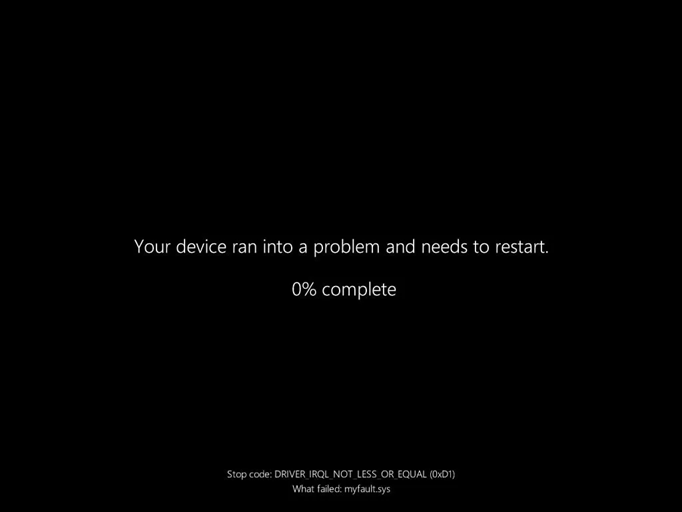Hey folks, it’s the first edition of Athenil’s daily tech briefing. We‘re going to offer a byte-sized look into everything that happened in the world while you were asleep, or being an ignorant banana last night.
There was yet another scoop from Apple regarding the upcoming wave of Apple hardware, Google’s Veo landing the ability to turn pictures into images, and FBI doing lie detector test on its own employees.. ahem!
Let’s dive right into it:
Google’s Veo AI will turn your shitty photos into shitter videos
Google announced on Thursday that its Veo 3 AI video generator now includes an image-to-video generation feature within the Gemini app. This capability, previously seen in Google's Flow tool, allows users to transform a single photo into an 8-second video clip, complete with AI-generated audio.
The feature is available to Google AI Ultra and Google AI Pro plan users, with a limit of three creations per day. Check ‘em rules below:
- Users can generate an 8-second video clip by selecting the "Videos" option in the prompt box, uploading a photo, and describing the desired audio.
- Since its launch seven weeks ago, over 40 million videos have been created using the Veo 3 model across the Gemini app and Flow tool.
- All videos generated by Veo 3 will include a visible "Veo" watermark and an invisible SynthID digital watermark to identify them as AI-generated.
- The image-to-video generation capability is currently restricted to Google AI Ultra and Google AI Pro subscribers, with a daily limit of three creations.
Read the full story on the Google Blog.
A stacked Apple product lineup for Fall 2025 and Spring 2026

Apple is set to launch a robust lineup of new products in the first half of 2026, aiming to reignite consistent revenue growth. This ambitious release schedule follows a period of fluctuating demand and slower product rollouts.
The upcoming wave includes a new low-end iPhone, several updated iPads across the Air and Pro series, and refreshed Mac computers, signifying a concentrated effort to bolster market presence across key product categories.
- The iPhone 17e will feature the A19 processor and marks a shift to an annual update cycle for Apple's entry-level smartphone.
- New low-end iPads (J581, J582) and iPad Air models (J707, J708, J737, J738) are expected to launch around March or April, with the iPad Air receiving the M4 chip.
- Upgraded MacBook Pros (J714, J716) and MacBook Airs (J813, J815) with M5 chips are now slated for early 2026, alongside a new external Mac monitor (J427).
- Apple is also working on new entry-level and high-end Apple Watches, a faster version of the Vision Pro headset (with M4 chip and redesigned strap), and a smart home hub (J490) slated for early next year.
Read the full story at Bloomberg.
Uber's Indian Headache: When a Unicorn From Bangalore Bikes Past You

Uber's ambitions in the crucial Indian market are facing a significant challenge from Rapido, a homegrown ride-hailing unicorn. Rapido has rapidly gained traction with its affordable motorcycle taxis and unique subscription-based model for drivers, outpacing both Uber and local rival Ola in new user downloads last year.
Having recently achieved profitability, Rapido is now eyeing a potential public listing, further intensifying the competition in one of the world's last major ride-hailing growth markets.
- Rapido outpaced Uber and Ola in new user downloads last year, with 33 million downloads compared to Uber's 21 million and Ola's 19 million.
- Rapido's drivers pay a small daily subscription fee (as low as 9 rupees or $0.11) instead of commissions, allowing them to keep all fares from rides starting at 20 rupees.
- Rapido currently facilitates 4.3 million rides per day across its motorbikes, auto-rickshaws, and cars, tripling Ola's count and exceeding Uber's by 40%.
Read the full story at Bloomberg.
YouTube nukes Trending page and Trending Now list. Say hello to Charts

YouTube is moving away from its traditional Trending page and "Trending Now" list, opting instead for a more segmented approach with category-specific charts.
This shift, announced on Thursday and rolling out in the coming weeks, reflects how content consumption and discovery have evolved since the original Trending page launched in 2015. With trends now being driven by diverse "micro-trends" across numerous fandoms, a single, all-encompassing list no longer effectively captures what's popular.
- YouTube will now feature content on YouTube Charts, initially including "Trending Music Videos," "Weekly Top Podcast Shows," and "Trending Movie Trailers," with more categories planned.
- The change acknowledges that viewers primarily discover content through personalized recommendations, search, and comments, leading to a significant decrease in visits to the old Trending page.
- YouTube is introducing new creator tools like the "Inspiration Tab" in YouTube Studio for personalized content ideas and the "Hype" feature to help viewers amplify fresh videos from up-and-coming creators.
Read the full story on the YouTube Blog
The Black Screen of Death is here for ailing Windows laptops and PCs

Microsoft is introducing a significant visual change to its infamous "Blue Screen of Death" (BSOD) in Windows 11, transforming it into a newly designed black screen.
This marks the first major overhaul of the crash screen since Windows 8, with the familiar sad face and QR code being removed for a more simplified appearance. This update, rolling out to Release Preview users now, aims to offer a clearer and more streamlined experience for diagnosing system failures.
- The updated "Black Screen of Death" (BSOD) for Windows 11 will remove the sad face emoji and QR code previously found on the blue version.
- The new screen will prominently display the stop code and the faulty system driver, making it easier for users and IT administrators to identify the cause of the crash.
- This visual change is rolling out to Windows 11 Release Preview users and is expected to be available for all Windows 11 users in the coming weeks.
This is the Microsoft comment:
“New! A more streamlined interface appears during an unexpected restart This updated design aligns with Windows 11’s visual style and helps you return to work faster. The screen displays a more readable layout while keeping the technical details visible. This screen appears with a black background.”
Read about it on the Windows Blog.
FBI is turning its polygraph lie detector tests on… FBI agents

Under the leadership of Director Kash Patel, the FBI has significantly increased its use of polygraph tests, at times deploying them to inquire about employees' loyalty to Mr. Patel himself.
This aggressive approach, which includes questions about expressing negative opinions of the director, is part of a broader crackdown on news leaks. Critics, including former bureau officials, deem these actions politically motivated and inappropriate, fostering a climate of distrust and raising concerns about an alarming quest for fealty within an agency historically committed to the Constitution.
- The FBI has administered polygraph tests to dozens of senior employees, with some questions specifically probing whether they have expressed negative opinions about Director Kash Patel or his deputy, Dan Bongino.
- This increased use of polygraphs is part of a broader effort to crack down on news leaks and is seen by former officials as politically charged, leading to significant turnover among top agents.
- Individuals like Michael Feinberg, a former top agent, were threatened with polygraphs over their connections to officials deemed "enemies" by Patel, highlighting concerns about ideological purity over professional expertise.
Read the full story at The New York Times

